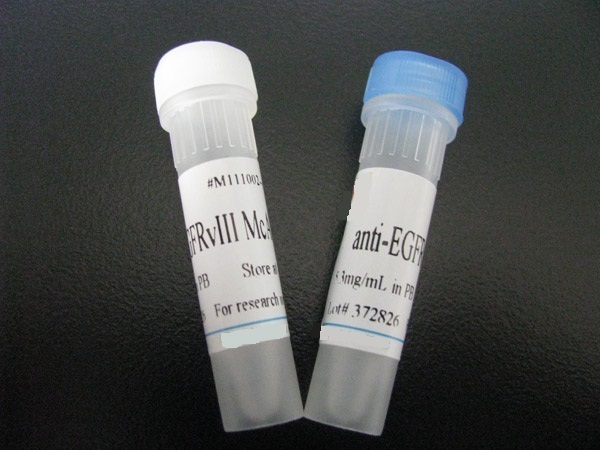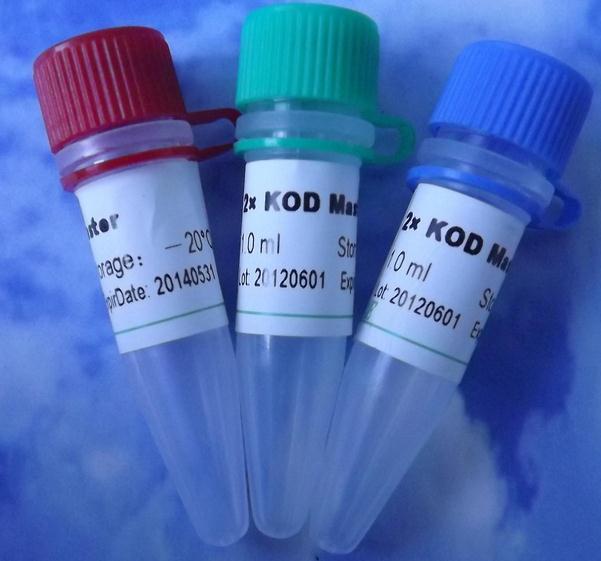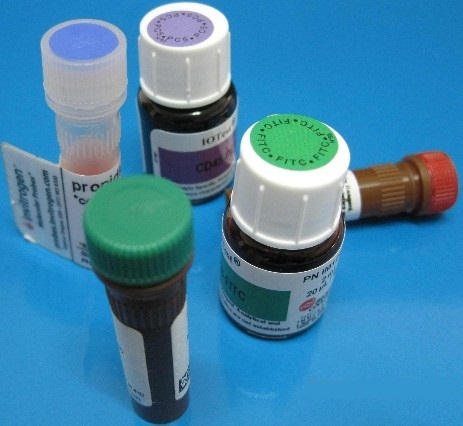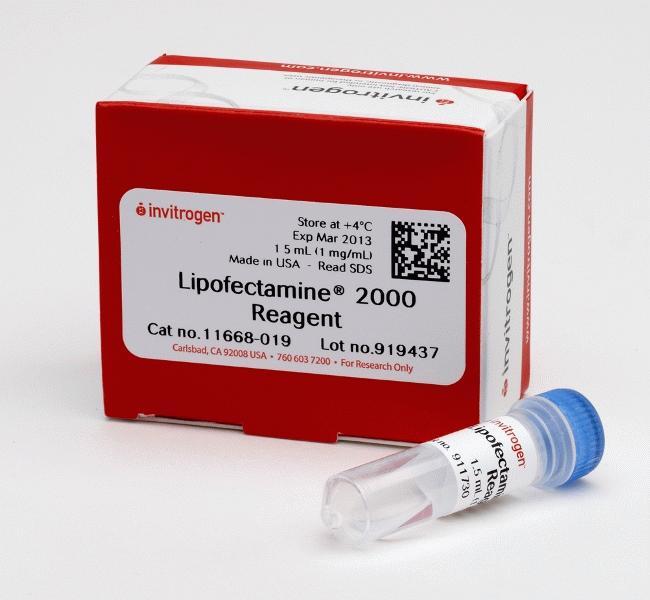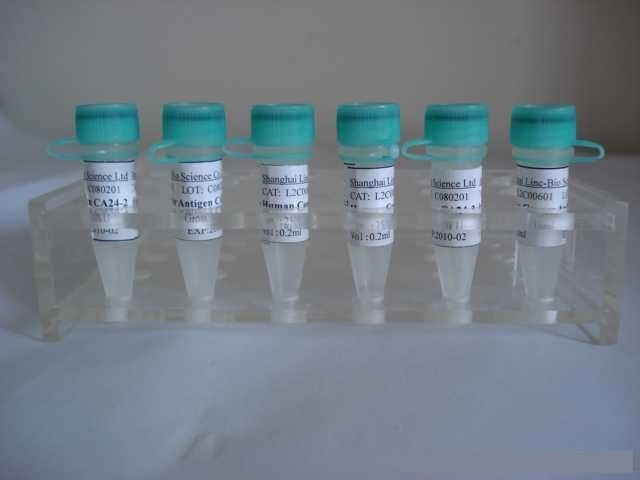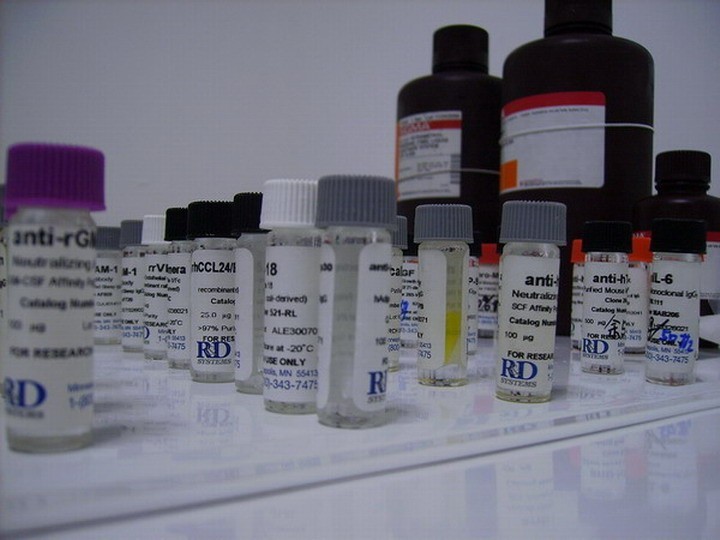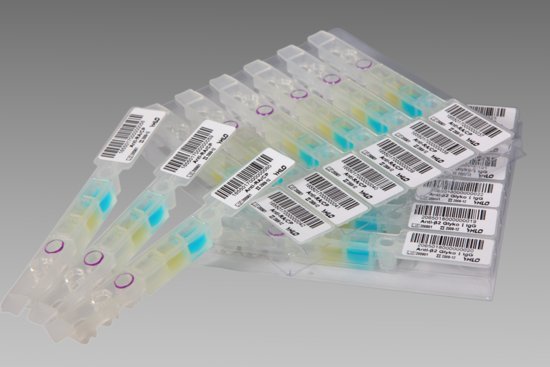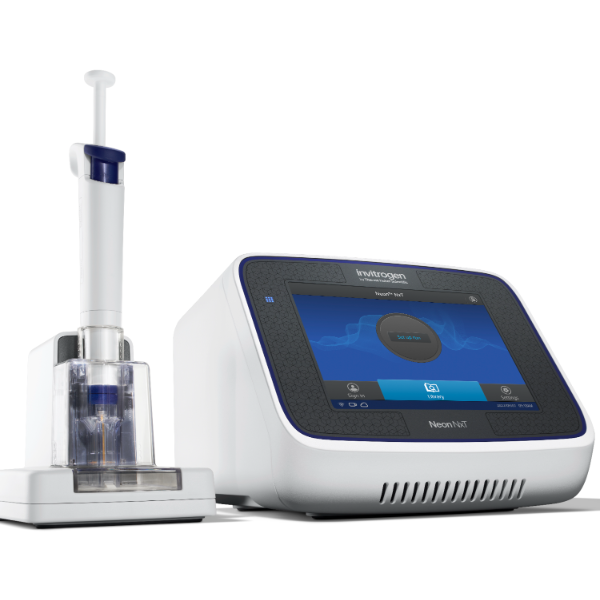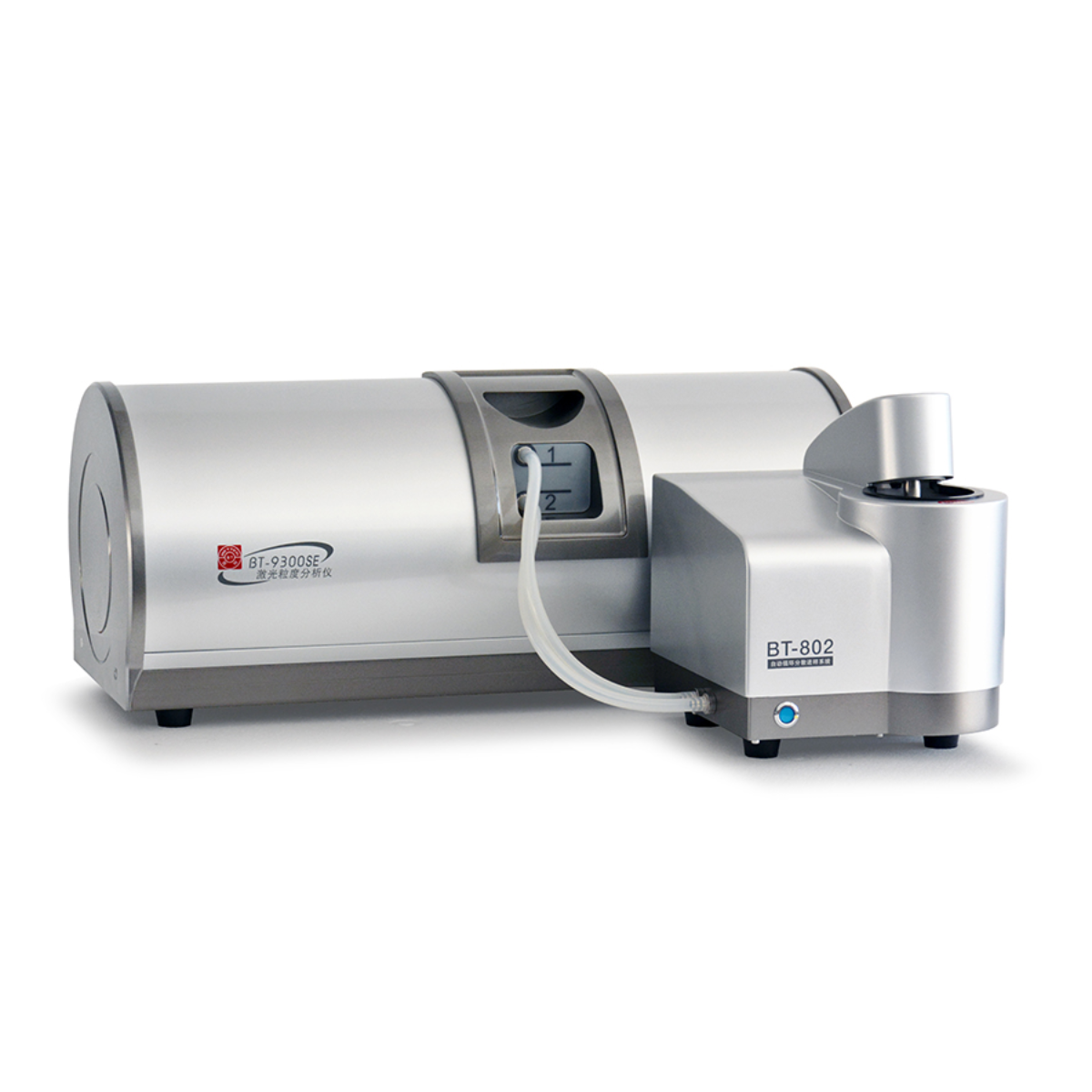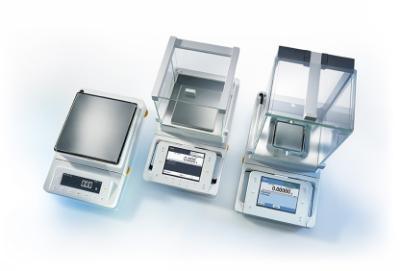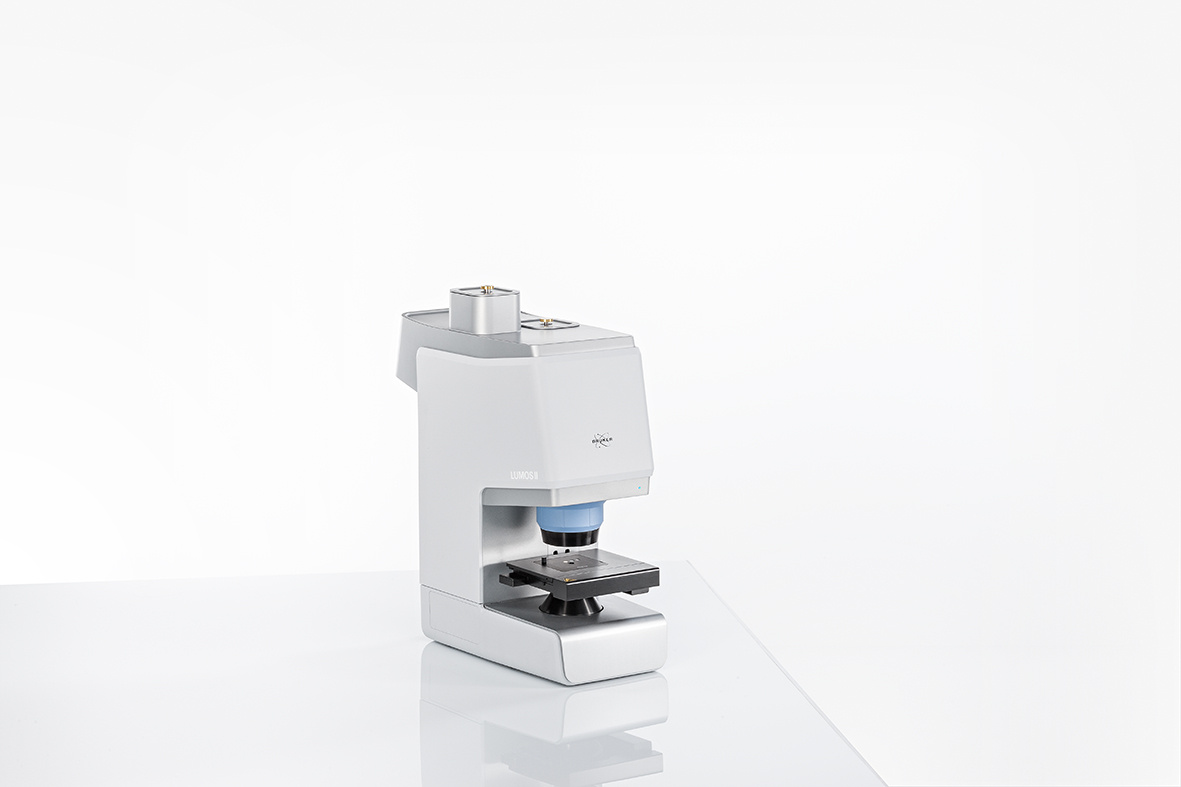浓 度 1mg/1ml
规 格 0.2ml/200μg
抗体来源 Rabbit
克隆类型 polyclonal
交叉反应 Human, Mouse, Rat, Cow
产品类型 一抗
研究领域 肿瘤 信号转导 转录调节因子 激酶和磷酸酶 G蛋白信号
蛋白分子量 predicted molecular weight: 53kDa
性 状 Lyophilized or Liquid
免 疫 原 KLH conjugated synthetic peptide derived from human DOK3
亚 型 IgG
纯化方法 affinity purified by Protein A
储 存 液 Preservative: 15mM Sodium Azide, Constituents: 1% BSA, 0.01M PBS, pH 7.4
产品应用 WB=1:100-500 ELISA=1:500-1000 IP=1:20-100 IHC-P=1:100-500 IHC-F=1:100-500 IF=1:100-500
(石蜡切片需做抗原修复)
not yet tested in other applications.
optimal dilutions/concentrations should be determined by the end user.
保存条件 Store at -20 °C for one year. Avoid repeated freeze/thaw cycles. The lyophilized antibody is stable at room temperature for at least one month and for greater than a year when kept at -20°C. When reconstituted in sterile pH 7.4 0.01M PBS or diluent of antibody the antibody is stable for at least two weeks at 2-4 °C.
Important Note This product as supplied is intended for research use only, not for use in human, therapeutic or diagnostic applications.
对接蛋白3抗体产品介绍 DOK proteins are enzymatically inert adaptor or scaffolding proteins. They provide a docking platform for the assembly of multimolecular signaling complexes. DOK3 is a negative regulator of JNK signaling in B-cells through interaction with INPP5D/SHIP1. May modulate Abl functionDOK proteins are enzymatically inert adaptor or scaffolding proteins. They provide a docking platform for the assembly of multimolecular signaling complexes. DOK3 is a negative regulator of JNK signaling in B-cells through interaction with INPP5D/SHIP1. May modulate Abl function. There are 4 isoforms generated by alternative splicing.
Function : DOK proteins are enzymatically inert adaptor or scaffolding proteins. They provide a docking platform for the assembly of multimolecular signaling complexes. DOK3 is a negative regulator of JNK signaling in B-cells through interaction with
Subunit : On tyrosine phosphorylation, interacts with CSK and INPP5D/SHIP1 via their SH2 domains. Both Tyr-381 and Tyr-398 are required for interaction with INPP5D. Only Tyr-381 is required for interaction with CSK. Binds ABL1 through the PTB domain and in a kinase-dependent manner. Does not interact with RasGAP (By similarity).
Subcellular Location : Cytoplasm (By similarity). Cell membrane; Peripheral membrane protein; Cytoplasmic side (By similarity).
Tissue Specificity : Expressed in spleen.
Post-translational modifications : Constitutively tyrosine-phosphorylated (By similarity).
On IL2 stimulation, phosphorylated on C-terminal tyrosine residues possibly by Src kinases. Can also be phosphorylated by ABL1 kinase (By similarity).
Similarity : Belongs to the DOK family. Type A subfamily.
Contains 1 IRS-type PTB domain.
Contains 1 PH domain.
Database links : UniProtKB/Swiss-Prot: Q7L591.2
![]()




